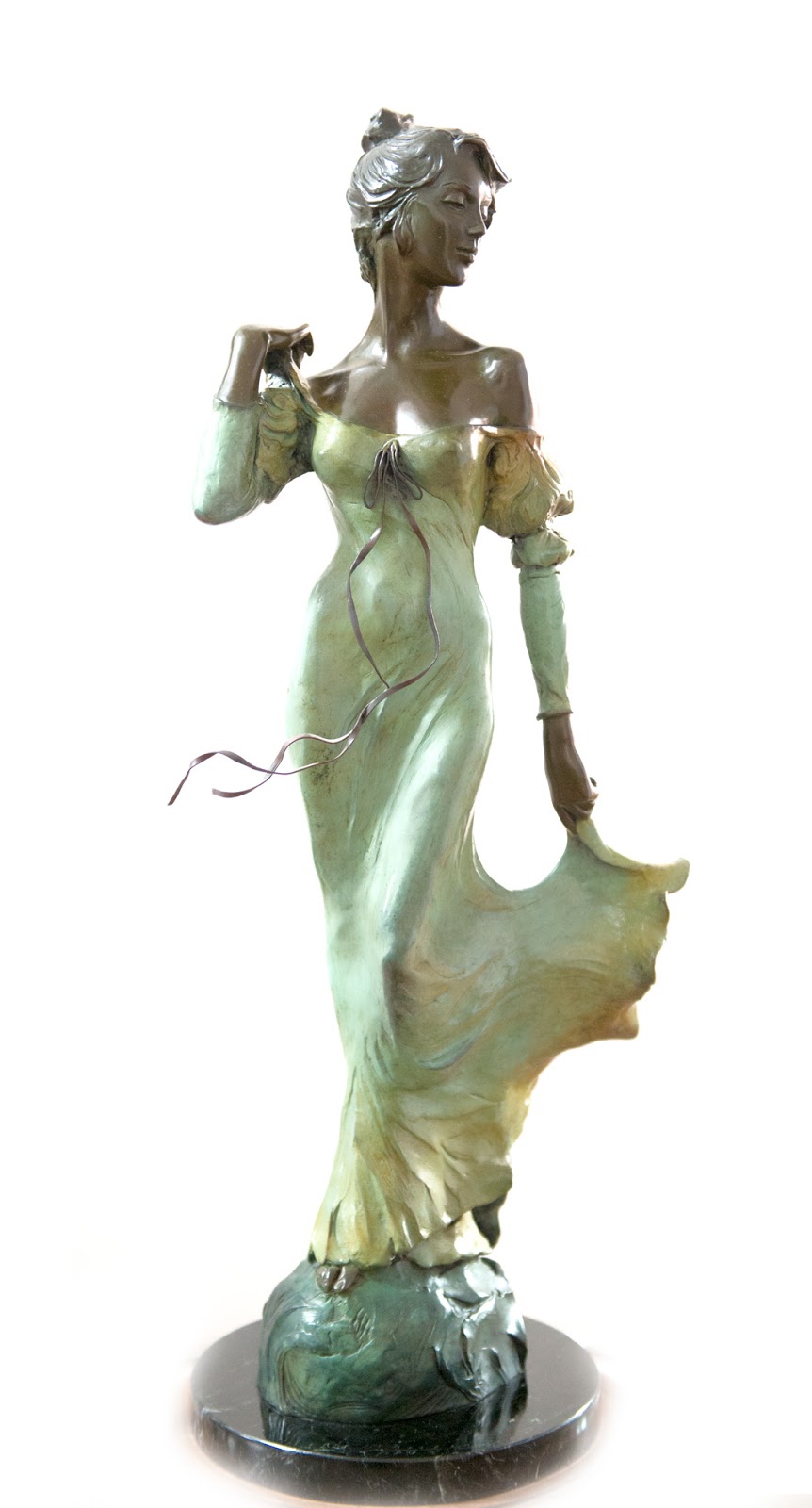Paul Sérusier (
Parigi, 9 novembre 1864 - Morlaix, 7 ottobre 1927) è stato un pittore francese post-impressionista, associato al movimento dei
Nabis.
Nacque da una famiglia benestante di ceto medio e suo padre, un uomo d'affari che lavorava nell'industria del profumo, si assicurò che ricevesse un'educazione classica. Nel 1875, Sérusier fu ammesso al liceo Condorcet dove studiò filosofia classica, greco, latino e scienze. Ricevette i suoi due diplomi nel 1883, di filosofia e di scienze.
Nel 1885, dopo aver lavorato per un breve periodo nella società di un amico del padre, entrò alla prestigiosa Académie Julian per studiare arte.
Di carattere gentile, simpatico, fece subito amicizia sia con gli studenti sia con i professori.
La sua amicizia con Maurice Denis data da quest'epoca. Il primo successo giunse nel 1888 con Le Tisserand (Il Tessitore) ispirato al naturalismo fotografico e per questa opera ricevette una menzione al Salon des Indépendants.





.jpg)




